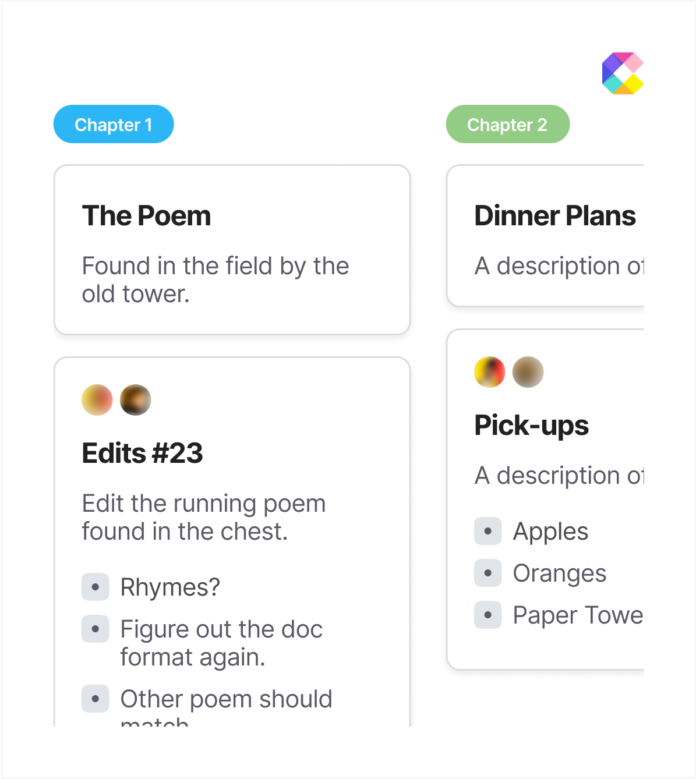Long-form writing, like a book or long article, requires a different set of writing skills to short-form works. Shorter content, like pithy social media posts on Twitter or an 800-word blog post, is more popular than ever. But what about long-form content? Writing long-form content is a real challenge. Or is it? At least not when you have a writing management software at your disposal.
Why Write Long Form?
Many authors set out to write a book because they want to share an idea or a story, earn money or build authority. Narrative journalism typically runs several thousand words in length. A piece of this length allows the writer more time and space to delve into a challenging topic.
Similarly, longer web articles tend to perform better in Google search engine rankings, as they naturally include more long-tail keywords. These in-depth resources also attract the coveted backlink from reputable sites more easily.
Finally, business owners sometimes commission long-form content as part of a content marketing strategy. These free gated reports and guides help them build a more profitable relationship with potential customers.
How to Manage the Long-Form Writing Process
A content creator engaged in the art of long-form content creation needs a transparent system for managing themselves and the writing process.
Schedule Writing Time
First, review your deadline for the project in hand. Next, check your calendar for weeks ahead up till this big deadline.
Book time in your calendar to work on a long-form project without interruption. You must know what you need to do each day in order to finish on time. It’s also a good idea to allocate an extra 20 percent of your time for self-editing.
Set Goals
Achievable daily writing goals are essential. Saying you want to write every day isn’t a goal. It’s an idea. On the other hand, committing to a set word count or hours spent writing each day is more achievable.
Similarly, if you’re creating a gated asset as part of a content marketing strategy, set metrics around downloads and engagement. Break your goals into manageable and bite-sized tasks so that if you fail, it’s not detrimental to your entire process. Plan smaller, achievable goals and create milestones for motivation.
Break Your Project into Stages
Self-control is increased by using high-level categorization, abstract thinking, and global processing, which means focusing on the destination.
However, motivation often relies on focusing on tasks. Breaking large writing projects down into short, easy-to-complete tasks allows you to do the same thing. For example, turn writing a chapter into smaller ones, such as research, outline, initial draft, second draft, and editing.
Start Small
Stephen King’s famous “write every day” advice is applicable to professional writers. But what if you’re starting off? Doing mindless tasks, like reorganizing your desk or suddenly remembering you have to clean your entire house, is a byproduct of this.
To avoid this problem, try starting small. Write a single sentence or promise yourself to take a break after just half an hour. The momentum may sustain you to keep going.
Focus!
Clifford Nass of the Stanford Research center proved that multitaskers were less productive overall than their non-multi-tasking counterparts. While engaged in long-form writing, disconnect from email, the news, and social media.
If possible, clear your schedule for the morning or afternoon. Use the Pomodoro Technique to work in short blocks of about 27-minutes. After four blocks, take a more extended break. If it helps, wear a pair of noise-canceling headphones and listen to binaural beats or white noise. It will help you enter a state of creative flow faster in writing management software.








